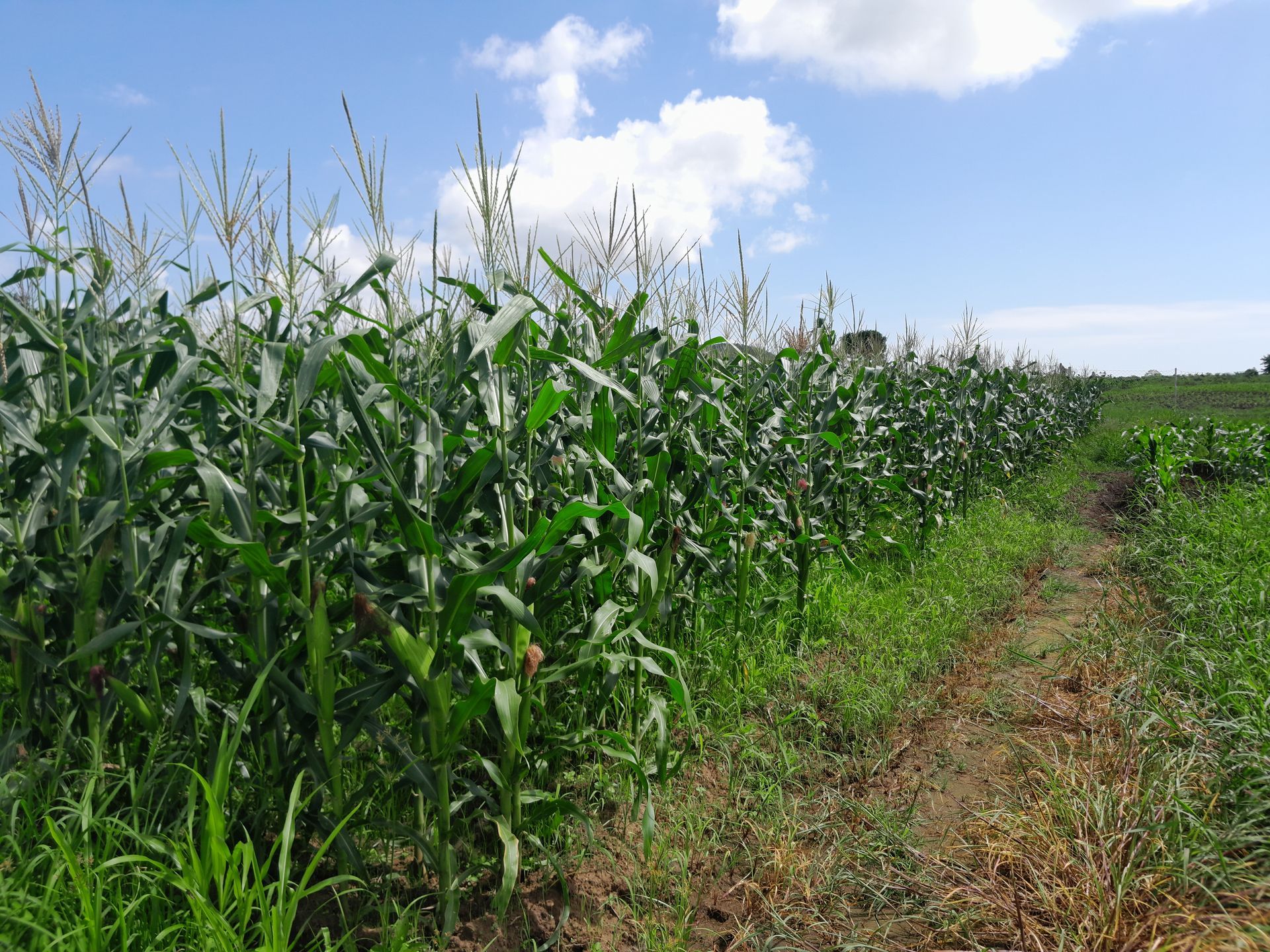Food Security in a Changing Climate: Strategies for Sustainable Agriculture
Innovative Strategies to Combat Climate Change and Secure Our Food Future

In a period marked by rapidly changing climate patterns, ensuring global food security has become an increasingly complex challenge. As global temperatures rise and heavy rainfall pours, traditional agricultural methods are under a big threat. To address these challenges affecting access to sufficient, safe and sustainable nutritious food, innovative strategies are essential to offer hope to future generations. Here are some ways to achieve food security in the face of climate change.
1. Diversification of Agricultural Practices:
By adopting diverse agricultural practices, farmers reduce risks related to climate change. Diversification involves planting crops flexible to different climate conditions, thereby reducing exposure to extreme weather events. For example, in most parts of Africa, farmers are combining drought-resistant crops such as millet and sorghum alongside traditional staples like maize, ensuring food availability even during periods of water scarcity in the region.
2. Building Resilience through Community Engagement:
Engaging local communities in decision-making processes and empowering farmers with knowledge and skills enhances mindset change that helps them to adapt to climate change and new agricultural developments. Farmer Field Schools in Southeast Asia, for example, educate and train farmers on sustainable agricultural practices and climate-smart techniques, which foster resilience and food security in the community.
3. Sustainable Water Management:
As efficient water management practices are essential for agricultural sustainability within changing climate patterns. Effective irrigation systems such as drip irrigation and rainwater harvesting help to conserve water, ensure plant health, and crop yields. Israel, known for its visionary water management practices, uses drip irrigation extensively as it is prone to drought which helps to maximise water adequacy and sustaining agriculture and food security in challenging climates. By implementing these practices around the world, we can ensure a sustainable and secure food availability.
4. Access to Climate Information and Early Warning Systems:
Access to climate change information helps farmers to make quick informed decisions. These would include planting times, crop choice, and water management. Initiatives like the Climate Services for Resilient Development (CSRD) program in Nepal deliver weather forecasts through mobile phones to farmers, this has helped them prepare for climate-related risks and improve agricultural practices to avoid extensive damage to their farms. To add on, technologies like Remote sensing, combined with data analytics, allow farmers to monitor weather patterns in regions around the world.
5. Enhancing Soil Health:
Healthy soil is fundamental for sustainable agriculture. Conservation agriculture techniques, including minimal soil disturbance and practices such crop rotation, and cover crops, help to improve soil structure and nutrient retention. The "push-pull" technique used in East Africa exemplifies this approach where farmers plant a repellent plant around the main crop, for example maize with Napier grass around fields which helps to control pests and improves soil fertility.
6. Strengthening Local Food Systems and Storage
Building resilient local food systems helps to reduce the dependency on external markets and promotes food security during climate disasters. Initiatives like community-supported agriculture (CSA) in the United States and urban farming projects in cities like Singapore and Berlin promote local food production, this helps to reduce food transportation therefore ensuring fresher produce and minimizing carbon emissions from transportation that are a huge cause to climate change.
7. Policy Support and Institutional Coordination:
Lastly, policy support and governments play a crucial role in promoting an enabling environment for climate-resilient agriculture. This can be possible if farmers have access to disaster relief funds and insurance to lessen the impact of disasters such as droughts, floods, wildfires, pests and diseases. The European Union's Common Agricultural Policy (CAP) promotes sustainable farming practices and supports farmers in adapting to climate change through subsidies and grants for eco-friendly practices thus improving food security.
In Conclusion, achieving food security in the face of climate change requires a multifaceted approach that combines diversification of agriculture practices, robust policies, community resilience, sustainable water management systems and strengthening local food systems, countries can control risks associated with climate change and ensure sustainable food production. With joint efforts and global collaboration, we can build a resilient agricultural sector capable of feeding the world amidst climate uncertainty. Through these strategies and examples, the path to food security becomes clearer, offering hope for a sustainable future where agriculture thrives despite the challenges posed by climate change.

GET INVOLVED
ABOUT
JOIN OUR MONTHLY NEWSLETTER
Contact Us
We will get back to you as soon as possible.
Please try again later.



